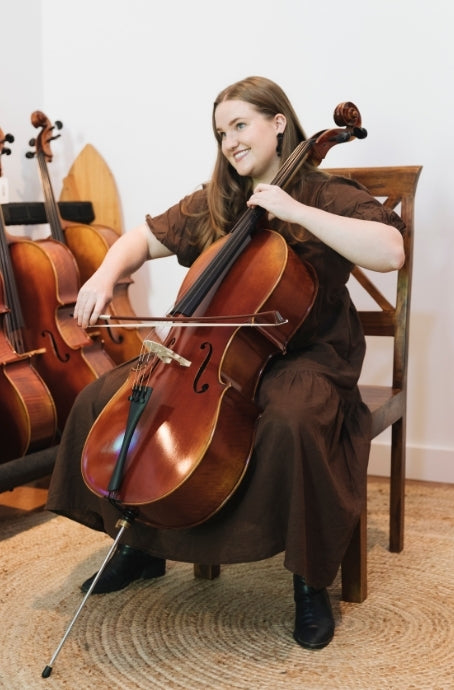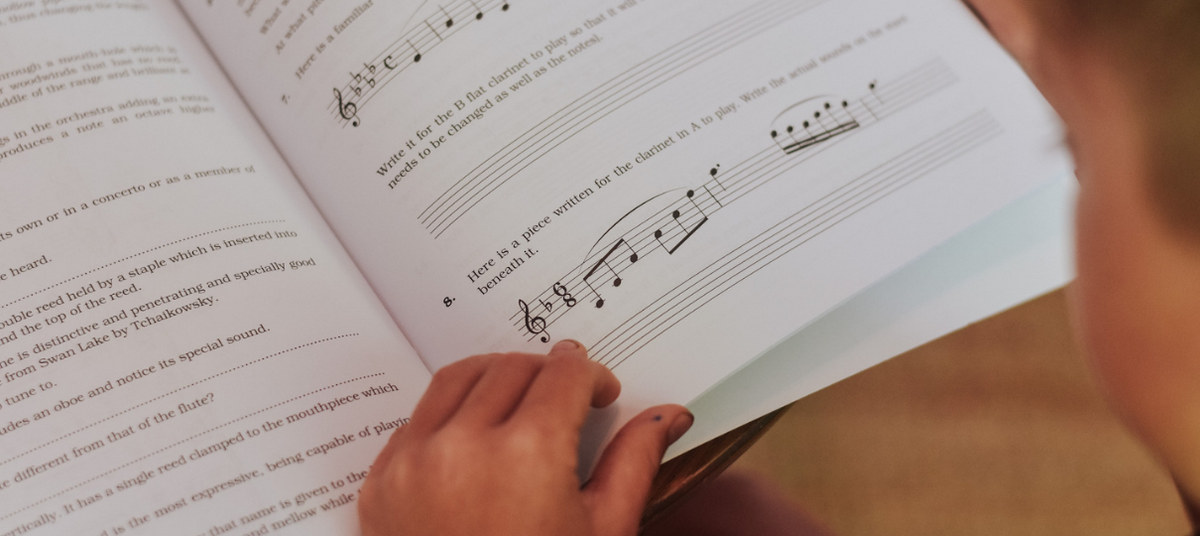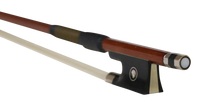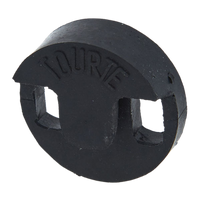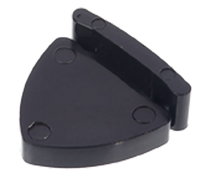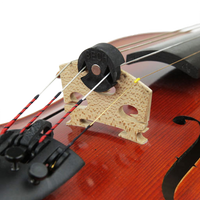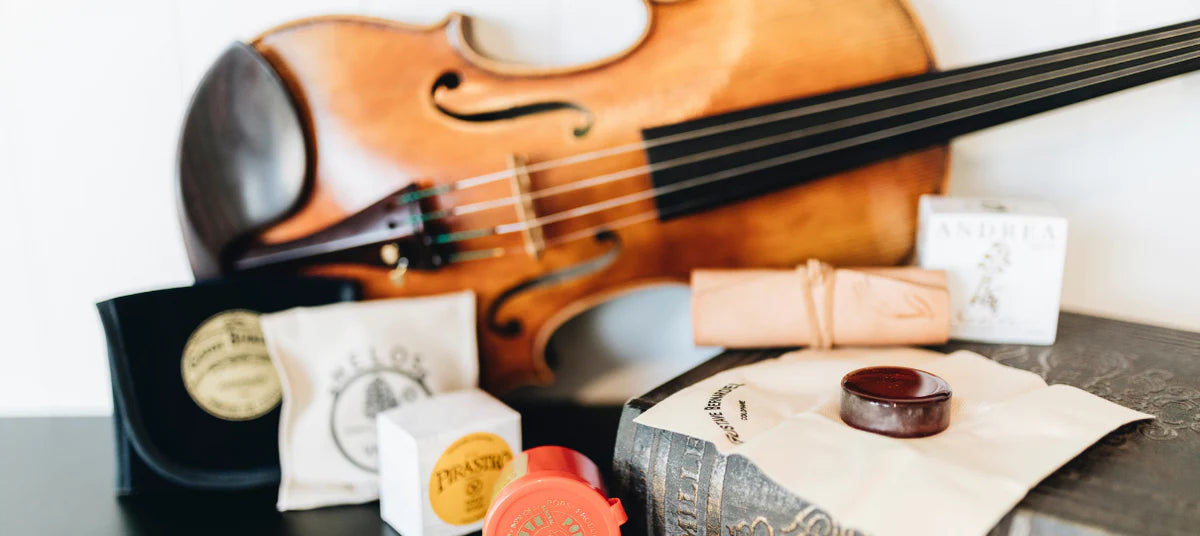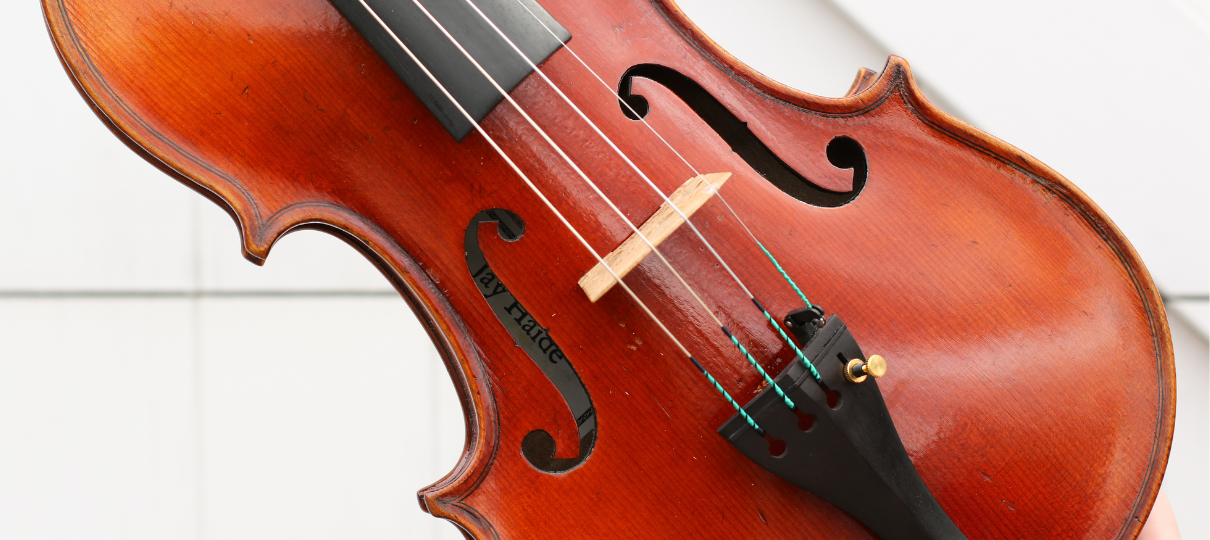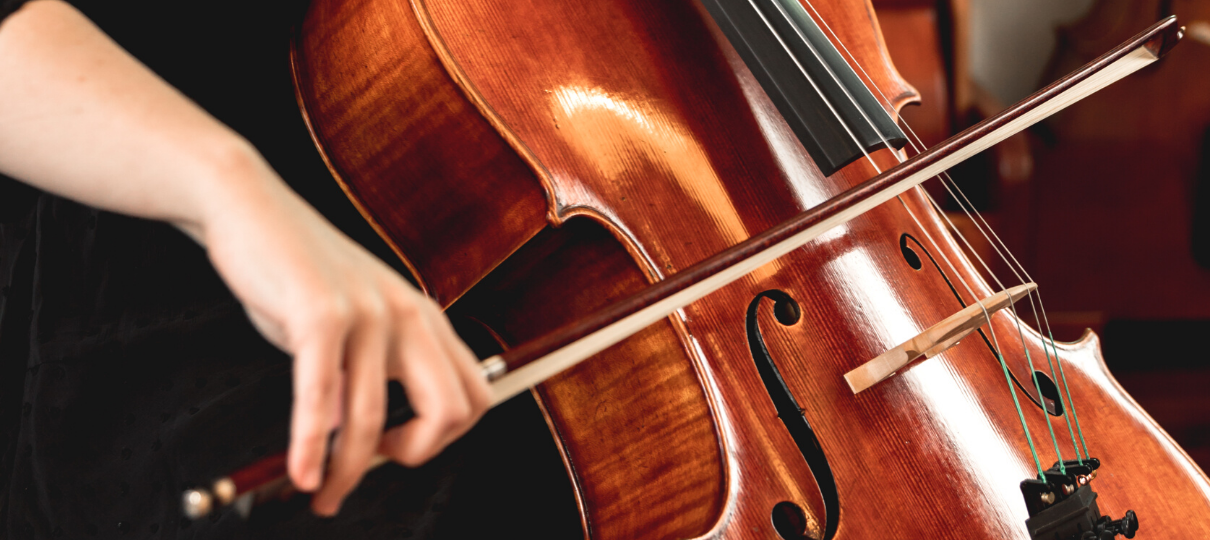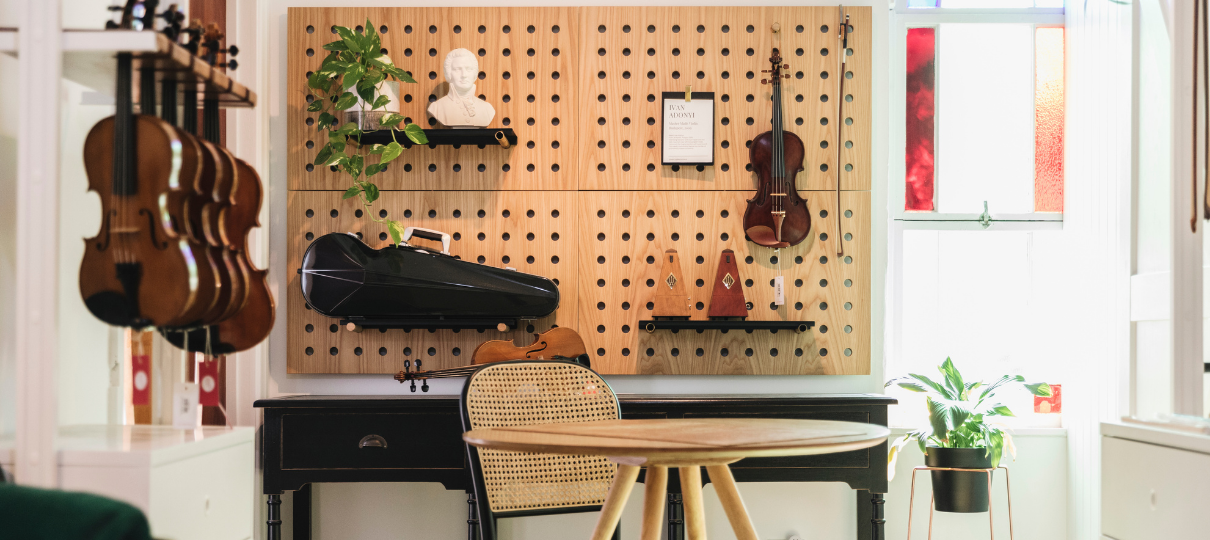New to orchestra, or struggling to remember what every common orchestral term means? Look no further.
Some of the most common string playing terms are explained here…
Arco: Italian for bow. Written in after passages of pizzicato (plucked) notes. Means to return to playing with the bow.
Bariolage: A passage, often in Bach but in Brahms and elsewhere, where the fingers are held down over several strings and the bow oscillates between the several strings. The Bach E Major Partita is a notorious example. Very impressive sounding; not so hard once you get the trick of it.
Bartok pizzicato: Pluck the string vertically by snapping and rebounds off the fingerboard of the instrument creating a “snap” sound.
Bouncing bow: This is not just spiccato, which is an off-the-string, at-the-sounding-point technique of very small up and down bows, originating from the wrist, but a host of other definitions with very fine distinctions as to their meanings. {Worthy of further study are: saltando, saltante, saltato, saltellato, saltellando, sautellé.}
Col Legno: Passage where the sound is produced by striking the wood of the bow against the string(s). One should not use one’s best bow in this type of passage, particularly if the bow is expensive.
Con sordino: With mute. Passages with mute end with the phrase “senza sordino” which means to remove the mute. There are several varieties of orchestral mute including the Tourte, Alpine and Bech.
Détaché: Impossible to define this, as there are so many varieties. Basically, up and down; a change of bowing direction with some articulation. Does not necessarily mean staccato (though sometimes defined as such); can be heavily accented or not.
Down bow: If the bow is on the sounding point in the middle of the bow, if you pull down toward the right, that is a down bow. Up bow is the opposite.
Harmonics: Bell-like tones created by lightly touching the string with the flat part of the left finger, which breaks the string into partials. The first harmonic learned by students is the one mid-way between the nut and the bridge, at about an inch or so above (towards the bridge) where the body of the violin begins. Indicated by a 4 and a 0 fingering. Used by composers for affect.
Left-hand pizzicato: pizzicato created by a sharp plucking of the string with the violin (left) hand.
Legato: Smooth, tied together. May be indicated by a slur mark.
Marcato: Marked or accentuated notes.
Martelé: Staccato (short) with heavy accent.
Pizzicato: Usually written as “pizz” in the parts, and “arco” when the pizz section is meant to end. Plucking the string with the left hand. Technique may be done in several ways with respect to the holding of the bow in the left hand: (a) for very quick notes in pizz, the left index finger may be extended, and the pizz done without much changing the shape of the bow hold; (b) the bow may be grasped by the fist and the thumb used to balance the hand, with the index finger pizzing; and (c) the bow may be set down in the lap or on the stand for extended passages in pizz.
Ponticello: Orchestral technique of playing on the bridge (sul ponticello). “Dietro il ponticello” is playing behind the bridge. End of ponticello passage may be indicated by “ordinario,” often written as “ord.”
Portamento: An audible slide from one position to the next. As modern stringed instrument technique developed in the later part of the 20th century, players tended to be less and less “smaltzy,” and portamento used more carefully. But in the performances of Yo-Yo Ma (for example) you will be surprised to discover a lot of portamenti, but they do not sound syrupy at all. This is a matter of “taste,” that longed for but often hard to define characteristic of great string playing.
Richochet: Fast bounces, similar to spiccato but in the upper half of the bow.
Sautille: (French; Italian saltando, German Springbogen, Spanish saltillo) – A bowstroke played rapidly at the balance point, one bowstroke per note, so that the bow bounces very slightly off the string of its own accord. It is not indicated in any consistent manner: sometimes dots are placed above or below the notes, sometimes arrow-head strokes, and sometimes the stroke is simply left to the performer’s discretion. spiccato and sautillé are sometimes used as synonyms, though spiccato tends to be applied to a broader range of off-the-string strokes.
Senza Sordino: Remove mute
Slur: A curved line, below which or above which, all the notes are smoothly articulated together. Phrase breaks occur outside the slur. The primary distinction between a slur and a tie, is that a tie unites one or more notes of the same pitch, requiring that the pitch not be replayed, but held the time required. Slurs slur notes of different pitches, as a rule.
Staccato: Generally, short. Spaces between the notes. An important articulation developed by the control of the bow from the second joint of the bow hand on the stick.
Sul tasto: Playing over the fingerboard (which produces a softer sound). Okay as an orchestral technique, not okay as a bad habit, due to lack of bow control or the affect of gravity if the violin is not held parallel (or above) to the floor. End of sul tasto passage may be indicated by “ordinario,” often written as “ord.”
Sul ponticello: On the bridge. Instruction to string players to place with the bow as close to the bridge as possible to produce a glassy metallic but mysterious sound effect. Often written, “sul pont.”.
Tremolo: Orchestral technique of many small and unmeasured up and down bows, accented or unaccented, at various dynamics, as indicated by the composer. Often used to fill the sound more full, or to create excitement or tension.
Vibrato: An oscillating of the sound, used to provide warmth to a note. Basically three kinds of vibrato: finger vibrato, hand vibato, arm vibrato, with string players tending to use one or more of these according to their own propensities. In the Baroque period vibrato was considered an ornament. In contemporary technique, continuous vibrato can be a problem and has to be controlled.
Brand new to music lessons? Be sure to check out our Beginners Kits for every instrument. Take the guess work out of buying accessories!
Contact us today with your suggestions to add to our music dictionary.





